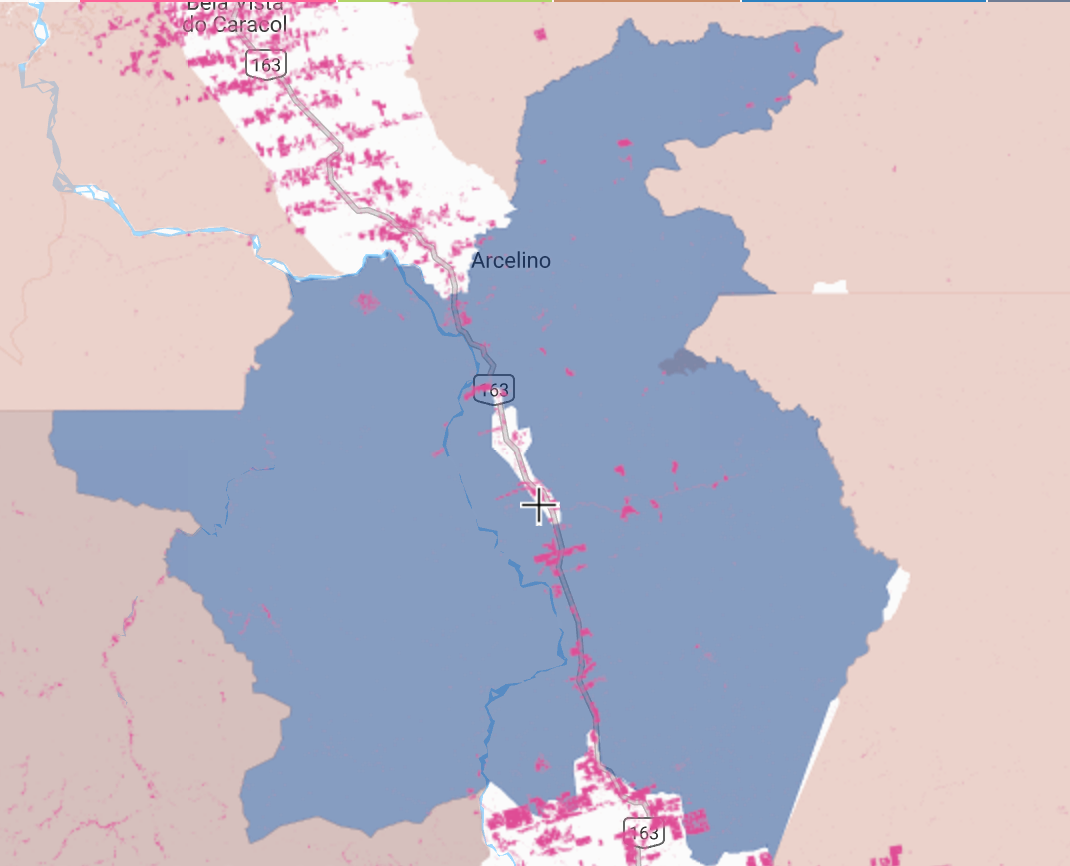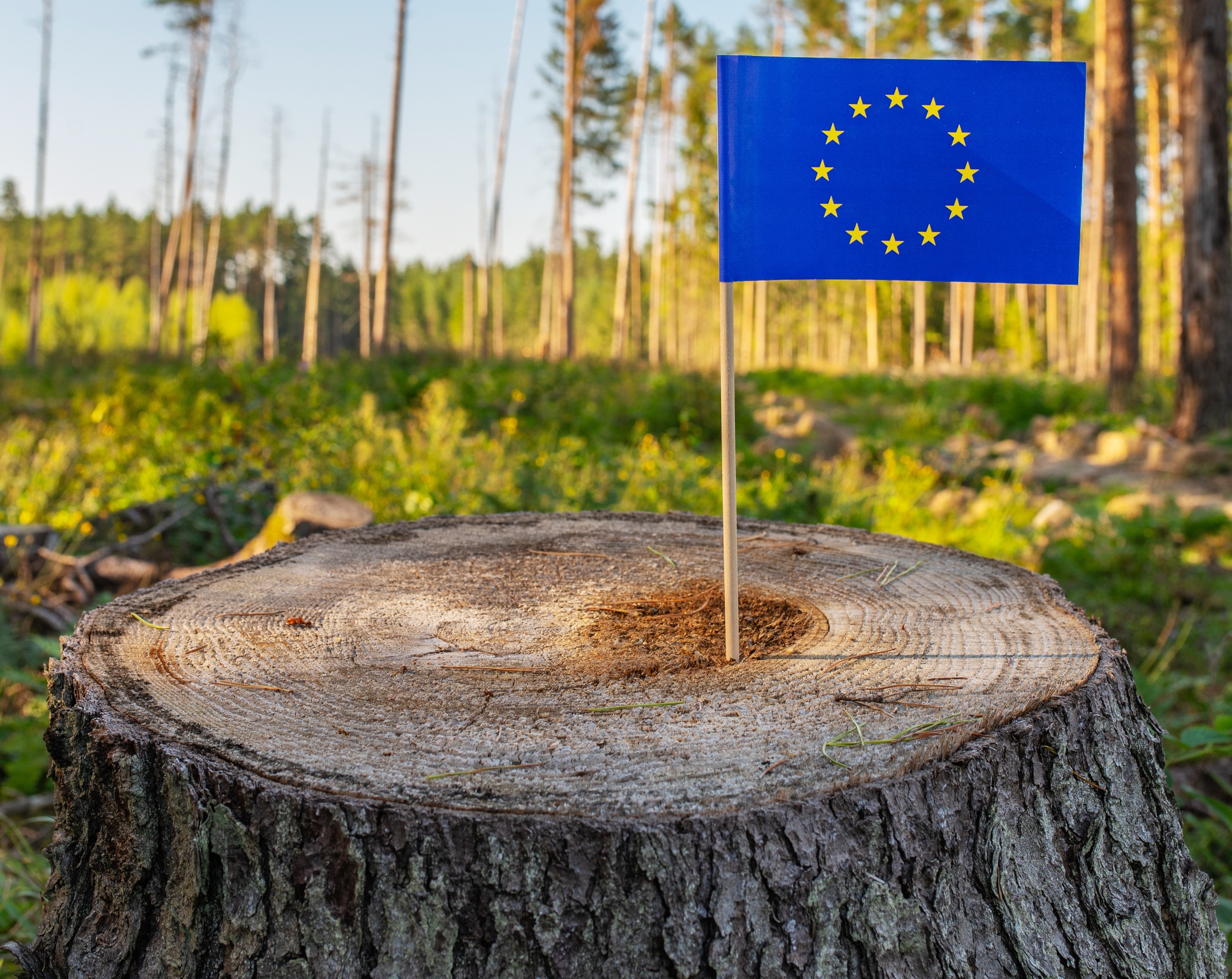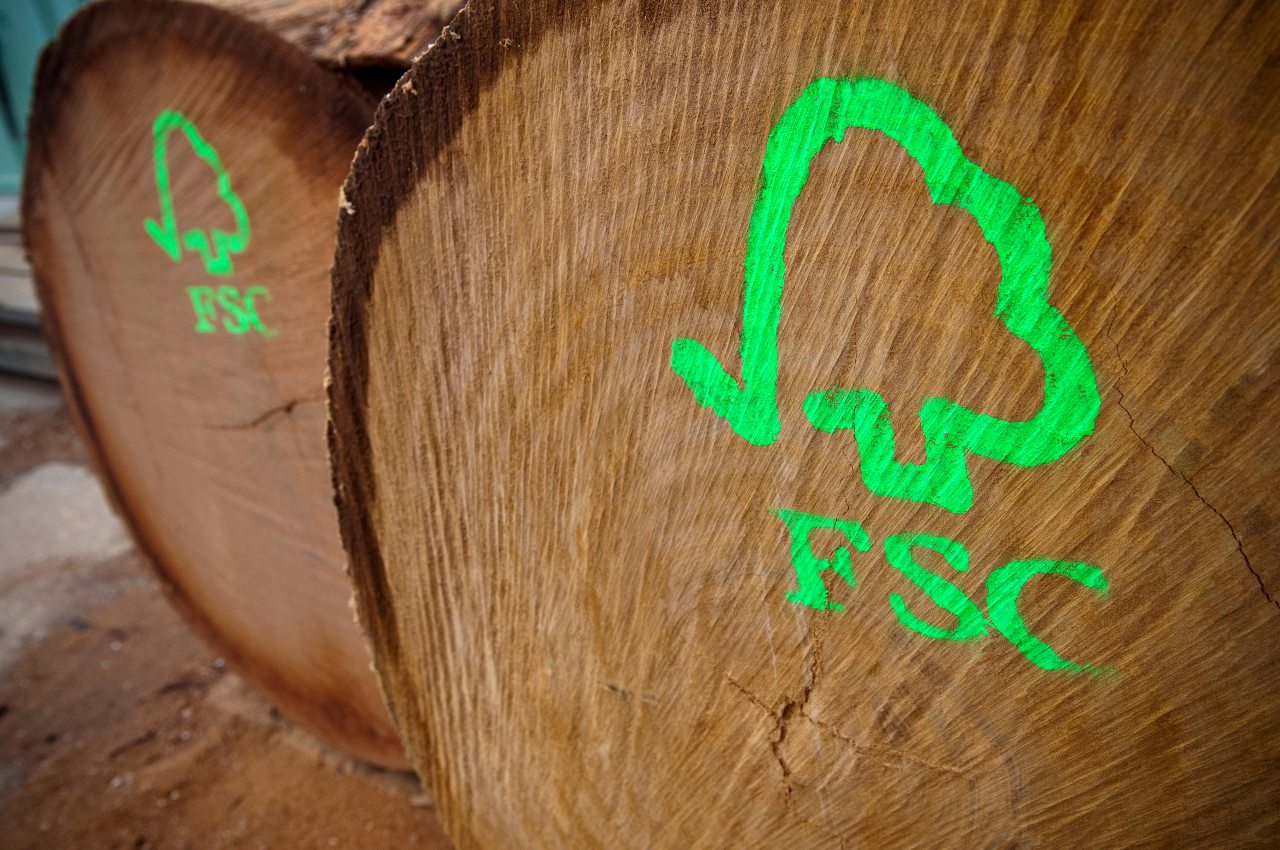
Forest loss in Jamanxim National Forest
This piece draws extensively on articles published
by Greenpeace
Brazil and O
Eco.
In late December, the Brazilian federal government adopted
an interim measure – a Presidential decree – to reduce the size of the Jamanxim
National Forest. With the new measure (MP 756/2016), the forest, located in the
northern state of Pará, has lost 743,500 of its 1.3 million ha.
Part of the Forest has been demarcated as a Protected Area,
a less restrictive category that will allow illegal farmers, ranchers and settlers
in the Forest to regularise their properties. Most property owners have no
legal titles to their land. This includes ranchers with extensive pastures. The
area has more than 250 rural properties and 110,000 heads of cattle. The
changes can also facilitate the occupation of areas previously demarcated for
conservation.
Greenpeace has denounced the measures as a
further amnesty granted to illegal farmers and ranchers, in addition to
the amnesty for
illegal deforesters already built into the new Forest Code. Greenpeace has
highlighted the fact that these measures come at the end of a year that has
seen a deforestation rate increase of almost
30 per cent in the Brazilian Amazon.
According to O Eco, the measure does not resolve the
“property chaos” in the area, as 20 per cent of “invaders” are still within the
Forest’s boundaries. O Eco claims that authorities have no way of knowing which
farmers or settlers have legitimate claims to the land (who were there before
the creation of the Forest in 2006) and which occupied and deforested the land
after 2006. The environmental news portal also draws attention to the fact that
illegal cattle ranchers in the Forest have been able to sell their cattle and
beef for years, in spite of efforts to block markets for beef from illegal
deforestation, such as the voluntary moratorium enacted
by some of the largest meatpackers in 2009.
The Jamanxim National Forest has also suffered from land
grabbing, falsification of property titles and illegal gold mining. The area
was created in 2006 to curb deforestation along the motorway BR-163. Jamanxim
is already the most deforested conservation unit in the country; in 2015, over
9,000 ha of the National Forest were cleared.
In addition to MP 756/2016, the federal government also adopted
measure MP 758/2016, which changes the boundaries of the Jamanxim National
Forest and the Tapajós Protected Area in favour of Ferrogrão, a railway
planned to transport grains between the states of Mato Grosso and Pará.
The changes to the Jamanxim National Forest are contrary to
the Public Prosecutor’s Office’s recommendation to keep its boundaries intact.
In November, the Public Prosecutor requested
a court to block any changes to Jamanxim’s boundaries alleging lack of
environmental impact assessments or consultations with affected communities.
According to O Eco, political pressure on behalf of cattle
ranchers and farmers in the region had been increasing for several years. Since
2009, there have been 8 requests to review the Jamanxim National Forest’s
boundaries. A bill to annul the creation of Jamanxim is currently being debated
in the Senate. In Congress, at least two proposals to eliminate the National
Forest have been debated, with both being shelved.



